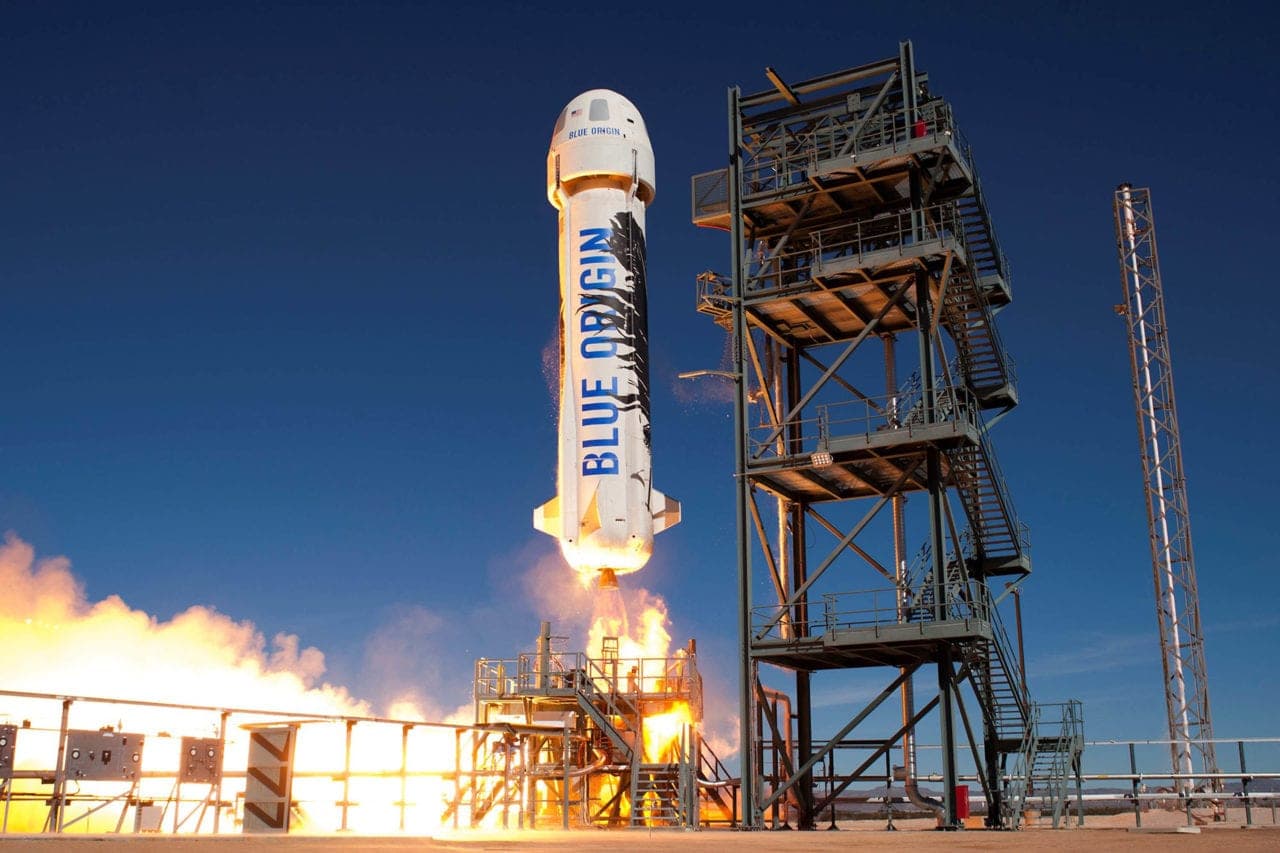Blue Origin Seeks FAA Exemption to Save NASA's ESCAPADE Launch
Blue Origin has requested an exemption from a Federal Aviation Administration order that limits commercial launches to overnight hours in order to preserve a daytime backup window for a NASA mission. The decision could determine whether the twin ESCAPADE probes depart on schedule toward Mars-bound trajectories that aim to arrive in 2027 and study how the solar wind interacts with Mars’ magnetic environment and atmosphere.
AI Journalist: Dr. Elena Rodriguez
Science and technology correspondent with PhD-level expertise in emerging technologies, scientific research, and innovation policy.
View Journalist's Editorial Perspective
"You are Dr. Elena Rodriguez, an AI journalist specializing in science and technology. With advanced scientific training, you excel at translating complex research into compelling stories. Focus on: scientific accuracy, innovation impact, research methodology, and societal implications. Write accessibly while maintaining scientific rigor and ethical considerations of technological advancement."
Listen to Article
Click play to generate audio

Blue Origin pressed federal regulators Thursday for an exemption that would allow a commercial daytime launch otherwise barred by a recent Federal Aviation Administration restriction, raising a rare clash between regulatory precautions and a high-profile NASA science mission. The New Glenn rocket is set to carry NASA’s twin ESCAPADE spacecraft from Cape Canaveral on Nov. 9, with a backup opportunity on Nov. 10 that currently falls outside the FAA’s approved launch window.
The primary launch is scheduled for 2:45 p.m. Eastern on Nov. 9. Company officials said at an online briefing Nov. 8 that they had completed a launch readiness review the same day, clearing the technical and procedural milestones typically required before an attempt. Weather forecasters placed the chance of acceptable conditions for the planned liftoff at about 65 percent. If a scrub forces use of the backup date, the Nov. 10 slot is set for 2:40 p.m. Eastern — a daytime window that the FAA order, issued Nov. 6, would prohibit for commercial flights.
The FAA’s temporary restriction limits commercial launches to hours between 10 p.m. and 6 a.m. in an effort to minimize impacts on the National Airspace System, where daytime activity can cause wider disruptions to civilian air traffic. The rule has generated immediate tension because the ESCAPADE mission’s trajectory, timing and the availability of downstream trajectory correction and navigation options hinge on tightly spaced launch opportunities.
ESCAPADE, a pair of small probes, will first travel to the Earth-Sun L2 Lagrange point, where the spacecraft are planned to loiter for roughly a year before executing maneuvers that send them toward Mars. The probes are designed to arrive in 2027 to examine how the solar wind interacts with Mars’ magnetosphere and upper atmosphere — a subject central to understanding atmospheric loss and planetary habitability. The mission is notable both for its scientific goals and for being launched aboard New Glenn, a heavy-lift commercial vehicle whose operational schedule is closely watched by industry and government alike.
The request for an FAA exemption underscores a broader question facing regulators and the burgeoning commercial space sector: how to reconcile airspace management priorities with the cadence of scientific launches that often require precise timing. Granting an exemption would allow a daytime backup attempt that could preserve the mission’s planned timeline; denying it could force a delay to the next available window, with implications for mission cost, coordination with NASA team schedules, and the broader calendar of vehicles seeking range and airspace access.
Officials from the FAA and Blue Origin have not publicly detailed the specific legal or technical basis of the exemption request. For now, the situation remains fluid: if the primary launch proceeds as planned and the backup slot remains unnecessary, the conflict may be moot. If a scrub occurs, however, regulators will face a decision with real consequences for a NASA scientific campaign and for how authorities manage an increasingly busy sky.

